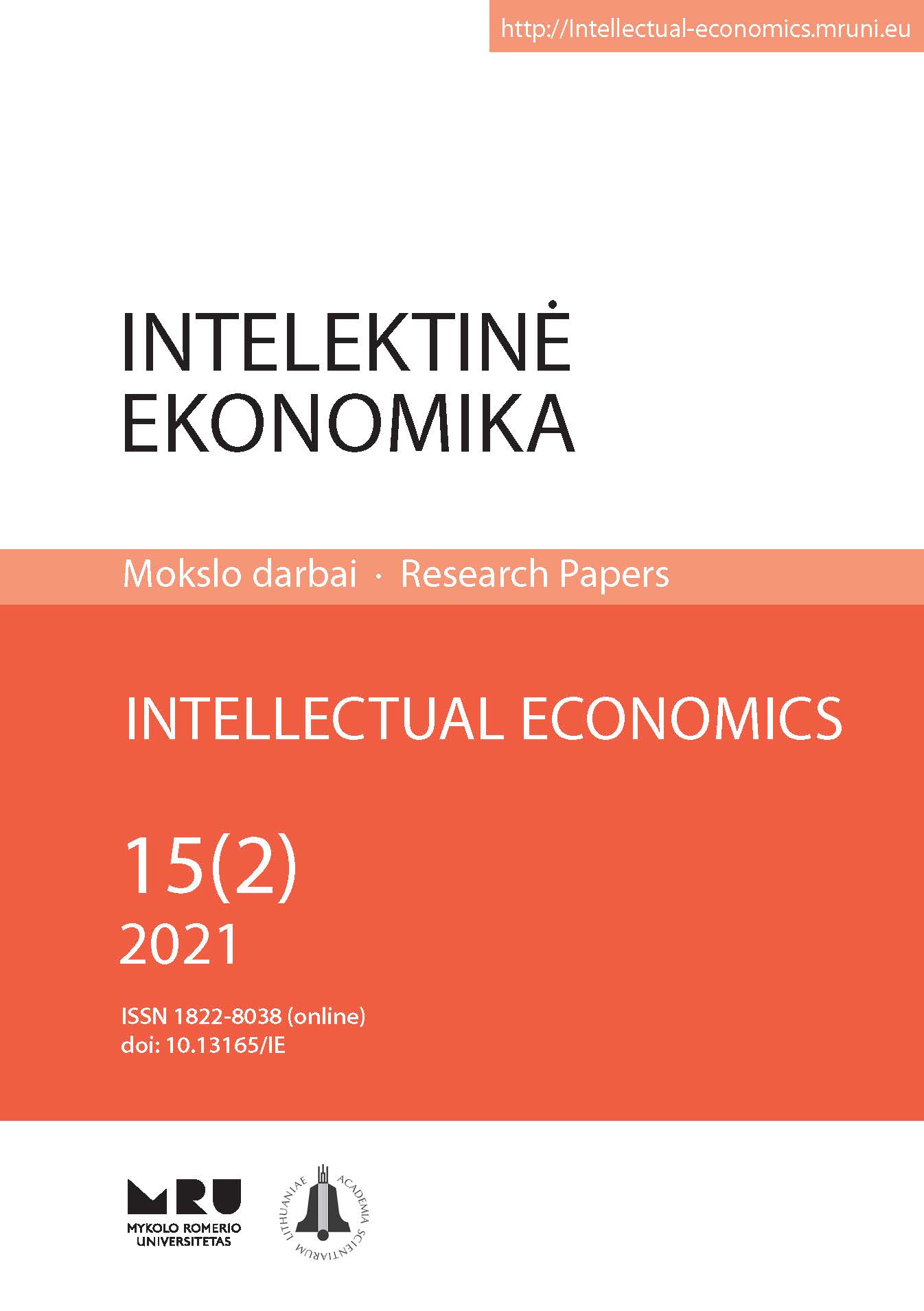THE APPLICATION OF QUANTITATIVE METHODS FOR THE MODIFICATION OF A BUSINESS MODEL IN THE DIGITAL ERA, WITH THE SUPPORT OF THE MAPLE SYSTEM
THE APPLICATION OF QUANTITATIVE METHODS FOR THE MODIFICATION OF A BUSINESS MODEL IN THE DIGITAL ERA, WITH THE SUPPORT OF THE MAPLE SYSTEM
Author(s): Zuzana Chvatalova, Iveta Šimberová, Robert von BohlenSubject(s): Business Economy / Management, Transport / Logistics
Published by: Mykolas Romeris University
Keywords: automotive industry; business model; Maple; statistical methods; open innovation; questionnaire evaluation; visualization;
Summary/Abstract: Businesses can gain strength and thus purposefully optimize their commercial models by means of implementing open innovations. The innovation process is increasingly conditioned by the innovative activities of customers. It is necessary to perform quick, low-cost, and rational research so that outputs can be updated and implemented into business models in-time. Digital transformation supports these processes because it represents a good opportunity for free spatial-temporal communication, and for the timely interaction of the participating parties. This contribution stems from research (under the supervision of the paper’s co-author, von Böhlen, 2021) performed in the German automotive industry, and follows up on the work of Simberova and von Böhlen (2021). The aim is to perform further and more detailed analyses and to interpret facts that ensue from selected research outputs.These analyses are oriented solely towards the issue of open innovations as seen from the customer’s perspective: innovations used for scaling business models in the automotive industry. Focus is especially placed on factors and relationships which affect customers’ willingness to enter the open innovations process. The customer’s social status has been taken into account. The rate and willingness of customers to engage in innovation activities has been measured – in connection with a whole range of factors, especially financial, those based on benefits, and others. Another form of analysis was a statistical evaluation that identified the degree of interest in some selected types of benefits. The independence of selected agents that stem from the survey evaluation was also considered, and quantitative methods, mainly statistical calculations, and transparent statistical visualizations were employed for this purpose. The methods of descriptive statistics and categorical analysis were used for processing data sets in the environment of the advanced Maple System.These findings confirm that the customer is becoming a non-stationary and important source of information and possibly also a source of inferences regarding open innovations. Society is thus increasing its potential to work not only for the customer, but also with them. It is necessary to be ready to react to current pitfalls and to communicate with the customer continuously. Pertaining to implementing open innovations, these analyses have given interesting concrete output and findings regarding decision-making in the process of amplifying the business model in the automotive industry, as seen from the customer’s viewpoint, and in the era of digitization. Further, they have opened a whole range of challenges related to further analyses of the matter at hand.
Journal: Intelektinė ekonomika
- Issue Year: 15/2021
- Issue No: 2
- Page Range: 64-95
- Page Count: 32
- Language: English

